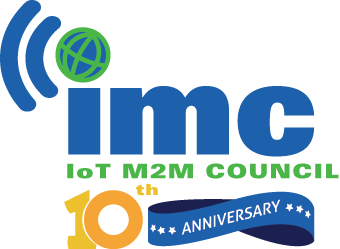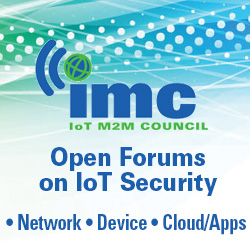IoT building penetration up despite Covid, says F&S
- June 7, 2021
- Steve Rogerson

Although the effect of the pandemic was severe in traditional markets such as HVAC, lighting and building automation, technology-based software markets flourished, according to market watcher Frost & Sullivan.
In its analysis of the global homes and buildings (H&B) industry, it found that growth was driven by IoT penetration at the field level of buildings, the emerging adoption of AI-driven technology at the management level, and cloud-based remote services.
Industry participants are including digital offerings to provide technology-enabled products and services that play a vital role in seamlessly integrating with existing systems and delivering building performance optimisation.
The global H&B industry is expected to reach $1.26tn by the end of 2021 from $1.23tn in 2020, an uptick of 2.5% in a conservative growth scenario. The study analyses seven industry segments: construction management, lighting, energy management, smart building management, facility management, fire safety and security, and smart homes. The construction management sector is expected to have the highest growth rate at 9.5%, followed by smart building management at 4.2%.
“The physical and mental health and wellness of occupants and overall health performance of buildings will be the top priority for building owners and facility managers in the post-Covid world,” said Anirudh Bhaskaran, senior industry analyst at Frost & Sullivan. “This will lead to accelerated deployments of cloud-based remote services, workplace analytics, washroom innovations, AI-driven buildings, high-efficiency particulate absorbing filters, ultraviolet-C-based disinfection, and building health performance benchmarking at large scale in the next three to five years.”
Bhaskaran added that the adoption of resilient, futuristic and innovative business models – digital transformation-as-a-service, air quality-as-a-service, software-as-a-service, pandemic response-as-a-service, and healthy buildings-as-a-service – would ensure the industry’s overall growth, unlocking revenue streams for market participants.
“At the same time, collaboration between architecture, engineering, and construction industry participants with building management companies will enable customers to unlock the full potential of digital buildings and present lucrative growth prospects to H&B market players,” said Bhaskaran.
To usher growth opportunities, F&S says industry participants should focus on:
- Government regulations and policies supporting digitalisation and sustainability: As the world recovers from the pandemic, industry participants should offer digital products that can sustain economic recovery and manage the larger goal of climate change.
- Inclusive and customised products with recurring revenue: Companies need to move from standalone, physical offerings with independent transactions to comprehensive and customised offerings with recurring transactions to build a resilient business model.
- Increasing penetration in critical verticals for business resilience: H&B participants with product offerings should increase penetration in critical end-user segments for continued business operations during challenging times.
- Combining health and wellness offerings with existing buildings: Leading HVAC participants and indoor air quality (IAQ) monitoring companies should have innovative offerings such as IAQ-based ventilation, air quality-as-a-service and so on, to detect particulate matter, monitor indoor CO2 levels and more.





